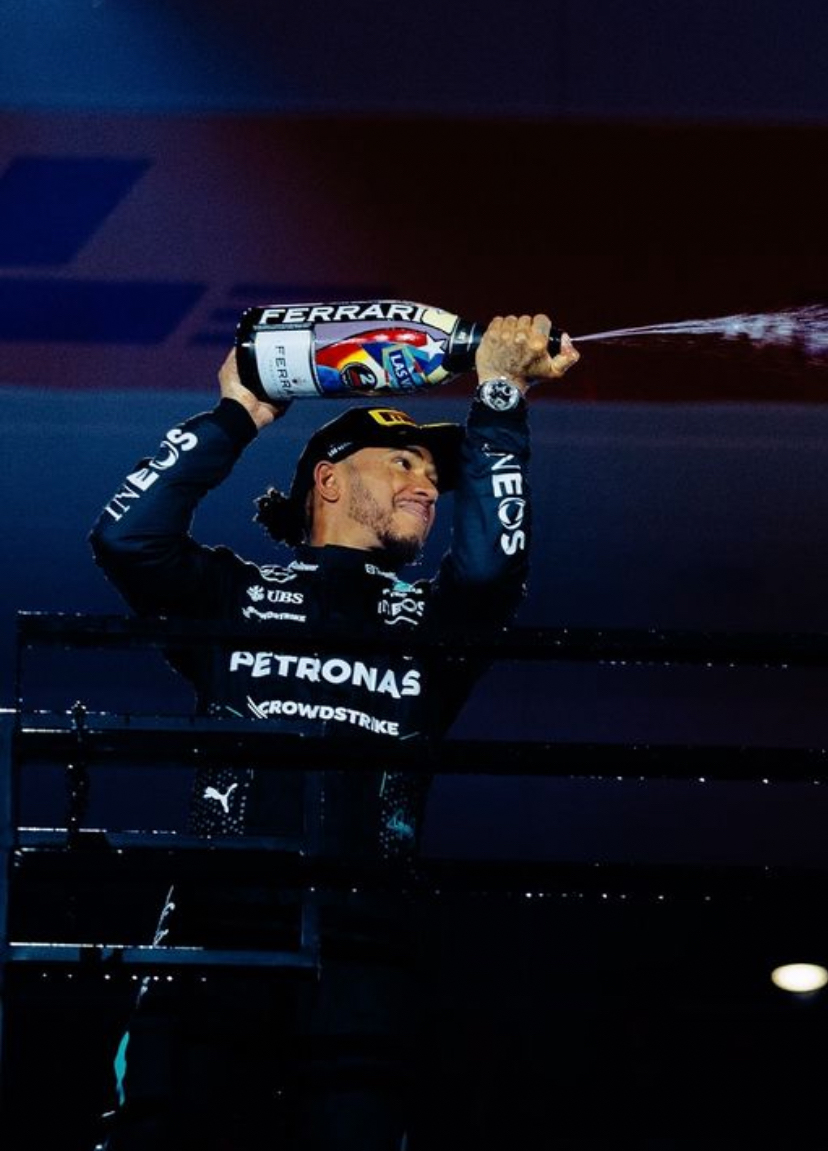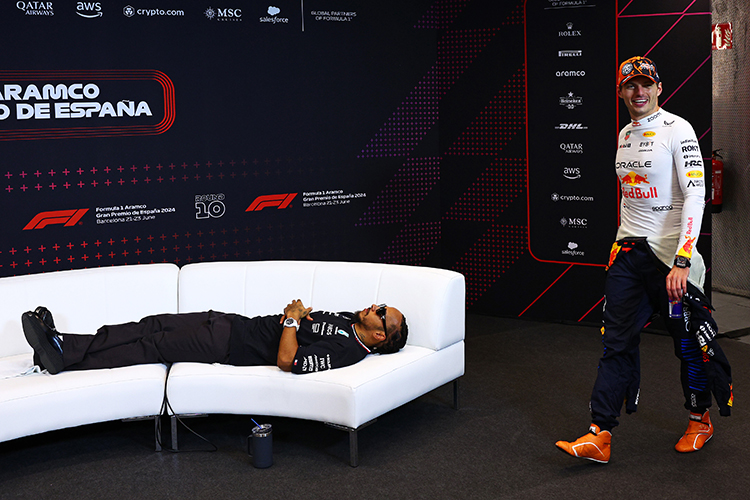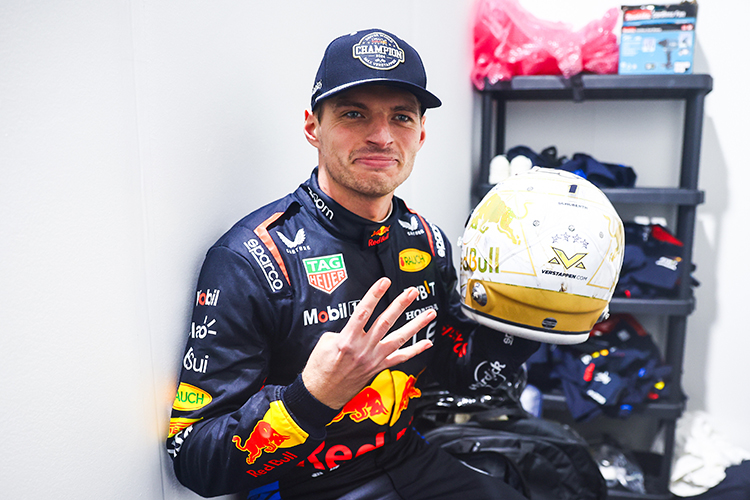What is the "Dirty Air" Effect and How Does it Influence Race Strategy?

Formula 1 World Champions: A legacy of racing legends
What is a "dirty air" effect and how does it influence race strategy?
Learn what the 'dirty air' effect is in Formula 1, how it impacts car performance, and how teams adapt race strategies to overcome its challenges.
Formula 1 is not just a sport of speed and skill but also a highly technical competition driven by science and engineering. One critical aerodynamic phenomenon that shapes the sport is the "dirty air" effect. This turbulent airflow behind a car has far-reaching implications for overtaking, car performance, and race strategy. Let’s break down what dirty air is and its role in modern F1 racing.
What Is "Dirty Air"?
In Formula 1, "dirty air" refers to the turbulent airflow generated by a car as it moves at high speed. F1 cars are designed to maximize downforce by channeling airflow smoothly over their chassis. However, this process creates a wake of disturbed, low-pressure air behind the car, known as dirty air.
For a trailing car, this disturbed airflow reduces aerodynamic efficiency. Instead of smooth airflow over its wings, the car encounters turbulence, resulting in reduced downforce and diminished performance.
How Dirty Air Affects a Car's Performance
- Reduced Downforce: A trailing car loses grip, especially in high-speed corners where aerodynamic stability is critical.
- Overheating: Limited cooling airflow to the brakes and engine increases the risk of overheating when following closely.
- Understeer: Reduced front-end grip causes the car to slide wide in corners, affecting its ability to maintain optimal racing lines.
Strategic Implications of Dirty Air
While dirty air poses challenges for trailing cars, it also plays a vital role in shaping race strategies. Teams and drivers must adapt their tactics to mitigate its effects or even use it to their advantage.
1. DRS and Overtaking
The Drag Reduction System (DRS), introduced in 2011, helps drivers combat dirty air by reducing drag on the rear wing. This increases straight-line speed, making overtaking easier for cars within one second of the vehicle ahead.
2. Tire Management
Dirty air forces cars to work harder to maintain grip, accelerating tire wear. Teams often plan pit stop strategies to minimize time spent in turbulent air. For example, a driver stuck in dirty air might pit early (undercut) or stay out longer (overcut) to gain track position in clean air after their stop.
3. Track Position vs. Pit Stop Windows
On circuits like Monaco or Singapore, where overtaking is especially difficult, dirty air emphasizes the importance of track position. Teams might delay pit stops or sacrifice optimal tire performance to keep their driver ahead and out of turbulent air.
4. Slipstreaming Opportunities
Despite its challenges, dirty air can be advantageous in some scenarios. On long straights, drivers can "slipstream" in the wake of the car ahead, reducing aerodynamic drag and gaining extra speed. This technique is frequently used in qualifying or setting up overtakes during races.
Car Design and Dirty Air
Dirty air isn't just a strategic consideration—it’s a central factor in car design. The 2022 technical regulations introduced significant changes to minimize dirty air’s impact and promote closer racing. These changes include a shift to ground-effect aerodynamics and simplified front and rear wings, directing turbulence upward rather than straight behind the car.
Dirty Air and Driver Skill
Driving in dirty air demands exceptional skill and adaptability. Drivers must adjust braking points, modify racing lines, and balance reduced grip to maintain performance while avoiding excessive tire wear or overheating. Mastering these challenges is a hallmark of elite drivers in Formula 1.
Conclusion
Dirty air is both a challenge and a defining feature of Formula 1 racing. While it complicates overtaking and car performance, it also adds layers of strategy and excitement to every Grand Prix. Teams and drivers continuously innovate and adapt to outwit its effects, showcasing tactical brilliance and technical ingenuity.
As Formula 1 evolves, so too does its relationship with dirty air. From car design to race strategies, this phenomenon remains a pivotal force shaping the spectacle of racing at the highest level.
Up Next


